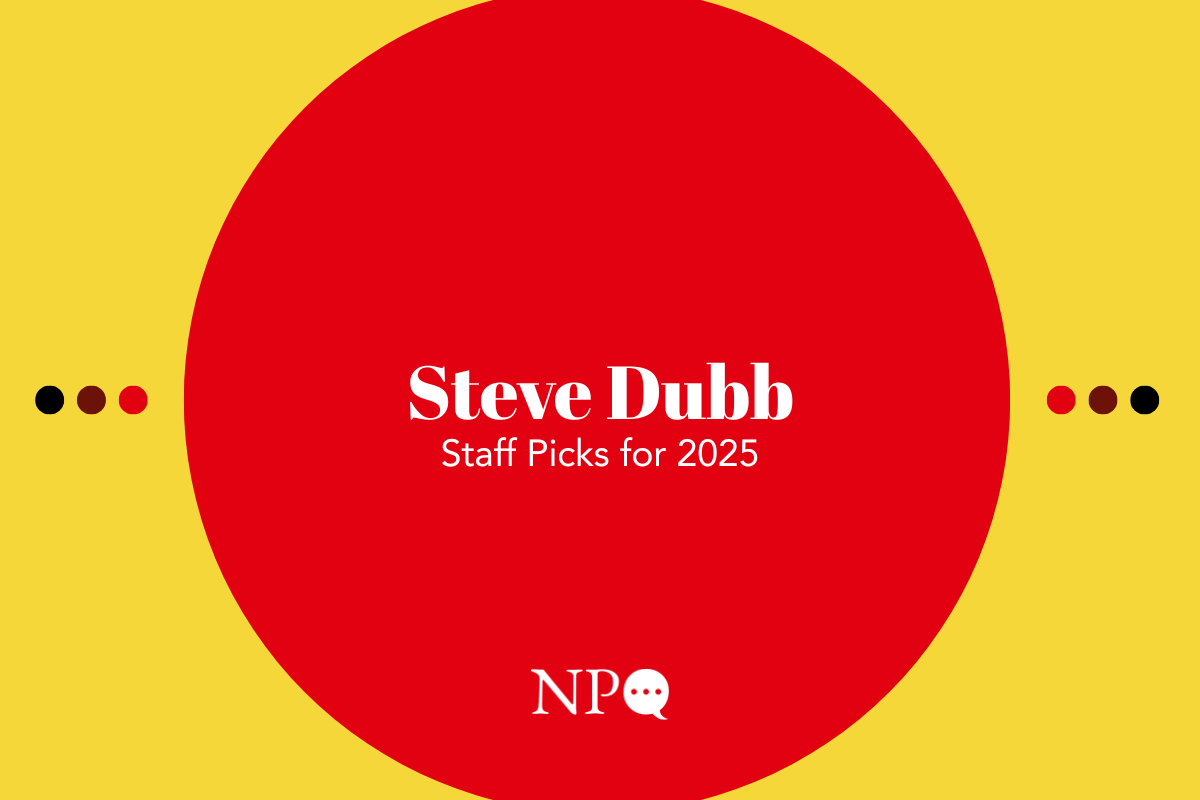Fantastic sculpture by Issac Cordal in Berlin called “Politicians discussing global warming.” pic.twitter.com/ZWZ8jWld3X
— Rachel Harger (@RachelHarger) March 21, 2014
Sign up for our free newsletters
Subscribe to NPQ's newsletters to have our top stories delivered directly to your inbox.
By signing up, you agree to our privacy policy and terms of use, and to receive messages from NPQ and our partners.
March 25, 2014;New York Times, “Dot Earth”
This image, depicting a number of balding men in suits engaged in an argument as they fight to keep their heads above water, has gone viral on Twitter among other places. If you go by the Internet and social media, the title of the piece might be “Politicians Discuss Global Warming,” but it’s actually “Electoral Campaign,” part of Follow the Leaders (2011, Berlin), one of many “cement installations” by artist Isaac Cordal. These pieces range from 15 to 25 cm tall—Follow has been set up in a depression that tends to puddle, giving the striking effect captured in the photo when it rains—and are meant as social critique. “It refers to this collective inertia that leads us to think that our small actions cannot change anything,” Cordal writes. “But I believe that every small act can contribute to a big change. Many small changes can bring back social attitudes that manipulate the global inertia and turn it into something more positive.”
Ironically, Cordal does have a series of pieces in Europe that is about global warming. That one, Waiting for Climate Change, has sculptures in both Nantes, France, and along the Belgian coastline.
What’s interesting to many is how the addition of the new, popularly generated title has given Follow the Leaders new currency three years after it was in place. Blogger Jon Worth writes, “The interesting conclusion here is that the picture, with the title ‘Politicians discussing global warming’ as tweeted above, is immensely more powerful than entitled ‘electoral campaign,’ and that is the reason for its reach now as far as I can tell.” Stuart Candy, research fellow of the Long Now Foundation, elaborates: “Intriguing how one audience member recontextualising the artist’s work with an alternative title (whether accidentally or deliberately doesn’t really matter) gives that work startling potency and a new lease of life.”
Aside from showing the tension that the world at large feels over environmental issues, it also displays the power of folksonomy. Letting your audience decide the names of things can lead to greater engagement and connection, both in the art world and elsewhere.—Jason Schneiderman











